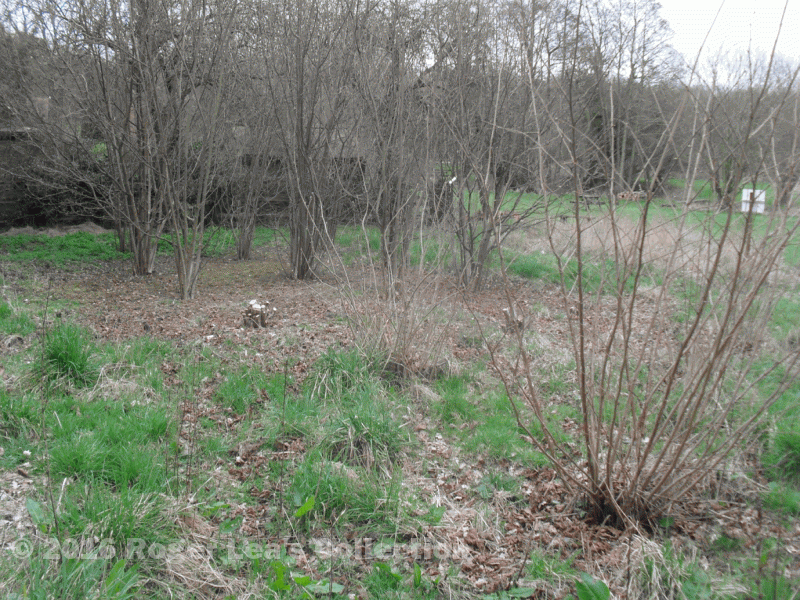The valley between Springfield Road and Fox Hollies Road becomes shallower towards its head near Walmley. The Anglo-Saxon word for the upper end of this kind of valley was “Hale”, and this particular hale, being rather broad, was described as “Syd”, meaning wide, and it is mentioned in a 1433 document as “Sydenhale”. Other such valleys in Sutton were Burhale (Later corrupted to Burrells) between Ox Leys Road and Bulls Lane, and Shirehale (Sherralls) between Hillwood Road and Grange Lane.
The 1433 document is a bailiff’s account for Sutton, preserved at Stratford Record Office, in which the bailiff, Robert Kelyng, accounts for income from “the pasture in the coppice of Sydenhalehay” - the additional syllable “hay” is an old word for woodland or coppice. The name had remained unchanged for hundreds of years since it was first coined, but not for much longer - the only other surviving bailiff’s account, of 1480, reads “He is not answerable for the farm of the coppice of Sydenhamhey for this period, because it belongs to the keeper of Berwood”.
The name continued its gradual change; at a Sutton Court Leet held in October1569 it was reported that Bevis Smythe broke fences at the Coppice called Sydnallhaye and kept two of his foals there. This shows that the coppice was still being maintained - in the same year the Warden and Society leased out the coppice of Hillwood for seven years, “as it is meared and bounded by the old ditches and mounds there”, the tenant to “make all the mounds and fences pertaining to the said coppice with all convenient speed…as a coppice ought to be made”; unfortunately the details of the coppicing process are not specified - he is “to use the coppice as a coppice ought to be used”. This lease may have been illegal as the coppices were part of the commons and did not belong to the Warden and Society, so the annual rent was only “one flower of a red rose on the feast of the Nativity of John the Baptist if it be legally asked for.”
Gradual corruption of the name continued - Robert Blakesley took the Warden and Society of Sutton to Court in 1617, accusing them, among other things, of “consuming the underwood of Sidnall Hay by putting cattle therein”. Traditionally, grazing animals were admitted to coppices once the new growth was too tall for cattle to eat, on payment of a herbage fee to the Warden. The Warden’s accounts for 1622 show income of £3.5s.4d from “Herbage of the coppices” and expenditure on hedging and keeping coppices of £2. 8s.5d, showing that the coppices were still being maintained, but the 1646 account only mentions coppices on the income side - “Coppice ground 16s.”
All the coppices seem to have been abandoned shortly after the Restoration in 1660, mostly reverting to common, and in the next reference, dated January 1754, the name is given as “Signall Hayes”. This is in the Warden and Society’s Minute Book - every five years the lot acres were set out, when each inhabitant was entitled to have an acre of common land to cultivate for five years, and in 1754 the acres for the inhabitants of “Walmley, Beyond the Wood, Ashfurlong and Maney” were to be set out in “the field called Signall Hayes”. So by this time all trace of the former coppice had disappeared, as the ground could easily be ploughed up.
Miss Bracken, writing in 1860, refers to Signal Hayes as “that high land near Walmley Church”, and speculates that there was some sort of signalling station there, showing that all memory of the coppice was lost by then.
